Taqiyah vs Kippah vs Zucchetto, it's not so much a debate as an interesting comparison.…
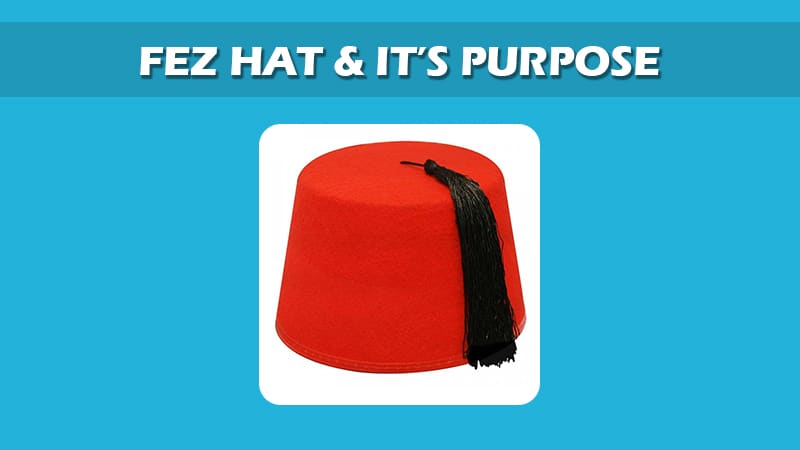
Fez Hat & it’s Purpose – 13 Things You Should Know
Fez hats are comfortable and unique head covers, widely associated with the Ottoman Empire, and their history span back ages.
Fez hats became famous for their comfort and distinct look, but the hats went through tough times, with some countries even banning people from wearing them.
With time, Fez hats evolved, and today, there are many variations of the Fez hats. Some communities still consider these hats a part of their daily attire. But in other communities, Fez hats faded away into history.
Let’s look at the origin, symbolism, and other interesting facts about the Fez hats.
1. What is a Fez (hat)?
A Fez hat is a tall brimless hat that gained popularity during the Ottoman period. A Fez hat is usually made with felt and is primarily red. Most Fez hats have a tassel on top.
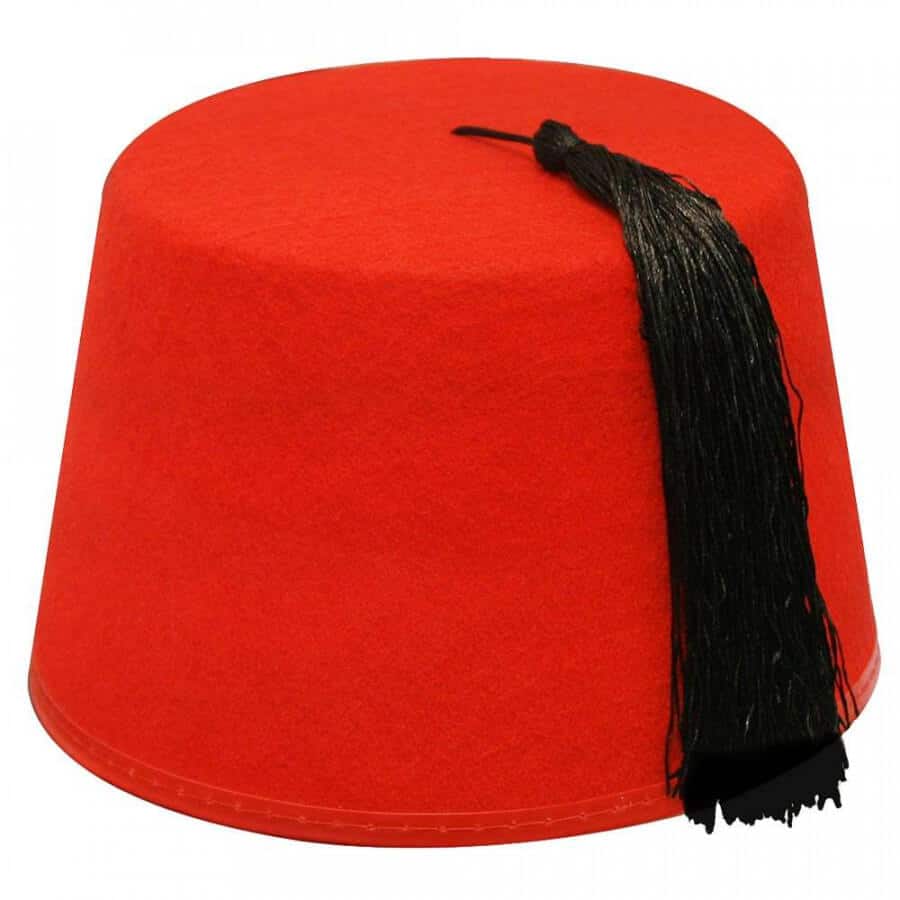
These hats are characterized by their cylindrical appearance and flat crown. There are a few different types of Fez hats, and the height of the hat can differ.
2. Other names for Fez
Fez hats are also known as Moroccan hats and Rumi Topi. The name Rumi Topi is mainly used in Southeast Asia, meaning headwear of the Roman Byzantium.
In Arabic, Fez hats are called Taboosh.
Fez hats are also typical in some African countries. In Libya, a Fez hat is called Chechiya. There is also an Indonesian variation of Fez hat known as Peci.
3. Who wears a Fez?
Originally, Fez hats were associated with the Ottoman Empire, but they also had a lot of religious affiliation. Both Jews and Christians of the Ottoman Empire wore Fez hats.
Fez hats gained popularity because they were brimless and easy to wear. This made them the ideal head cover during prayers.
Fez hats are now common in some countries in the Middle East, Southeast Asia, and Africa.
Many Arab countries request hotel and restaurant staff to wear Fez hats.
In Libya, Fez hats are famous among the local crowd. They wear a version of Fez hats without the tassel.
In Southern Asia, Fez hats are prevalent among Muslims.
4. Where did the Fez hat come from?
The origin of the Fez hat is still up for debate.
Many historians believe that Fez hats originated from a Moroccan city with the same name. The city of Fez produces crimson berries. Crimson berries supplied red dye to color the Fez hats long before synthetic dyes were available.
Some believe that the hat came from ancient Greece, while others claim that the hat arose from the Balkans. However, one thing is certain; Fez hats became famous with the expansion of the Ottoman Empire in the 1800s.
5. A brief history of Fez hat
Fez hat has a long and complex history that spans many countries in the Middle East, North Africa, and Eastern Europe.
The first Fez hats came in either red, white, or black. Some people wrapped turbans around the Fez hats, but later on, the turbans were left out, and red became the accepted color for Fez hats. Because Fez hats were brimless, Muslims preferred to wear them during prayers.
In 1829, the Ottoman Empire ordered all its military personnel to wear Fez hats instead of turbans. This added to the Fez hats’ popularity; later on, Fezzes were adopted by the army units of many countries.
By the 19th century, countries throughout Europe manufactured Fez hats. Synthetic dyes were readily available, making it much easier to dye the hats. Wearing a Fez became associated with high status in the US and the UK.
After the fall of the Ottoman Empire, Fez hats went through a dark period. Some countries even banned people from wearing them.
Click here to read more about the history of Fez hats.
6. What are the purposes of a Fez hat?
The original purpose of the Fez hat was to cover the head according to cultural and religious beliefs. But later on, Fez hats became more of a symbol of status.
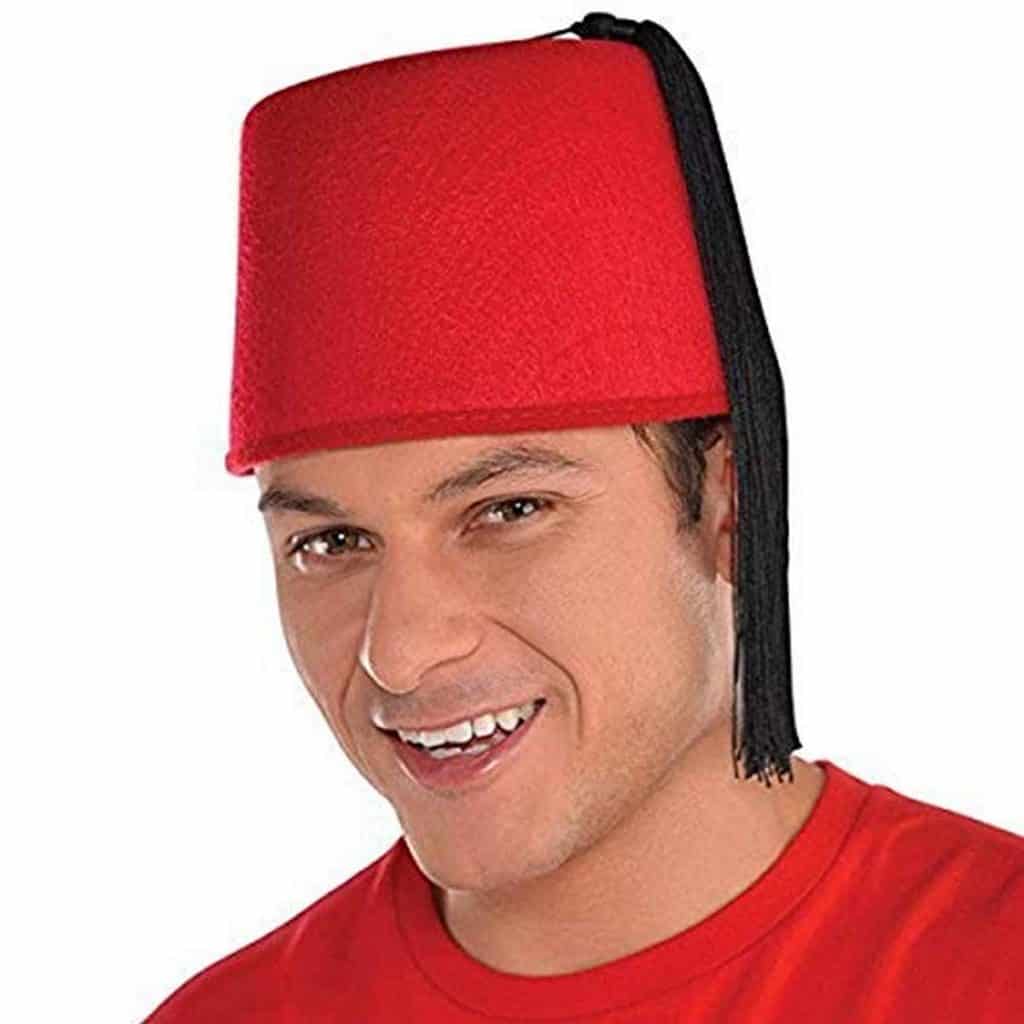
Here’s an overview of the uses of the Fez hat.
Religious use: Fez hat rose to popularity among Muslims because it was easy to use during prayers. Red Fez showed intelligence, and it was common in the Moorish community. Muslim leaders still use black Fezzes to indicate high spiritual standing.
Military use: Turkish army added Fez hats to their military uniform in 1840, and they remained as a part of military attire till the early 1900s. Even today, royal guards of certain countries wear Fez hats.
As a symbol of belonging to a specific community: Many fraternal organizations added Fez hats to their uniforms. Some organizations recommend their members to wear Fezzes of a particular color. Few organizations even color-coded Fez hats according to the rank of the member. Shriners International is an example of an Arabian Fraternity that adopted the Fez hats as part of their official headcover.
Fashion: In Europe and the US, Fezzes gained fame because they were different from most hats out there. In the late 19th century, Fez hats symbolized a good time and leisure in western nations. Some called the Fez hats a Turkish lounging cap. Fez hats did so well in the fashion world that they appeared in fashion magazines in Europe.
7. Why do Moroccans wear a Fez?
In Morocco, wearing a Fez hat is a sign of patriotism. Originally, Moroccan nationals wore Fez hats as an objection against the ruling French. Today Fez hats are affiliated with the Moroccan royal court. Moroccan King, cabinet ministers, and all the royal staff now wear Fez hats.
Today, some people view the Moroccan favoritism of Fez hats as opposition to European rule, while others view it as a sign of oppression from the Ottomans.
8. Can you wear a Fez in Turkey?
It’s illegal to wear a Fez in turkey. In 1925 Mustafa Kemal Ataturk, the first president of the Republic of Turkey, banned Fez hats. He wanted to modernize Turkey and sever any ties with the Ottoman Empire. This rule was just one of many efforts to align Turkey with the Western world.
Even today, wearing a Fez in Turkey is illegal, but you are unlikely to face any prosecution.
Also, some tourist hotels in Turkey are starting to revive the trend of wearing modern Fezzes. These hats are shorter than the original Fezzes and have slanting sides and black tassels.
9. Did girls wear a Fez?
Fez hats were mainly for men, but in some cultures, girls wore Fez hats as well.
Fez hats have been a part of the national dress in Cyprus since the 1800s. Women wore red Fez hats while men wore either black or red.
Wealthy women from the Ottoman Empire wore Fez hats as well. Women adorned their Fez hats with multi-colored tassels and decorated metal discs on the crown.
10. What is the difference between a Fez and a tarboosh?
A Fez and Tarboosh are almost the same. Fez is a Turkish word, while Tarboosh is an Arabic word that originated from the Persian language.
Fez hats are usually worn without a turban. Even though Fezzes became the most widely accepted hats of the Ottoman Empire, some Arabs were not happy with letting go of their turbans. They continued to wear turbans along with the Fez hat.
Since people wore Taboosh hats with turbans, they were taller and had straight sides. Tarboosh hats usually had black tassels, but religious leaders wore hats with blue tassels.
Although there are minute differences between a Fez and Tarboosh, they are the same hat under different names and worn by diverse communities.
11. Types of Fez hats
There are two main types of Fez hats. The first type contains red felt and is shaped like a truncated cylinder. The second type, made with kilim fabric, is short and cylindrical. Both styles come with a tassel attached to the top of the hats.
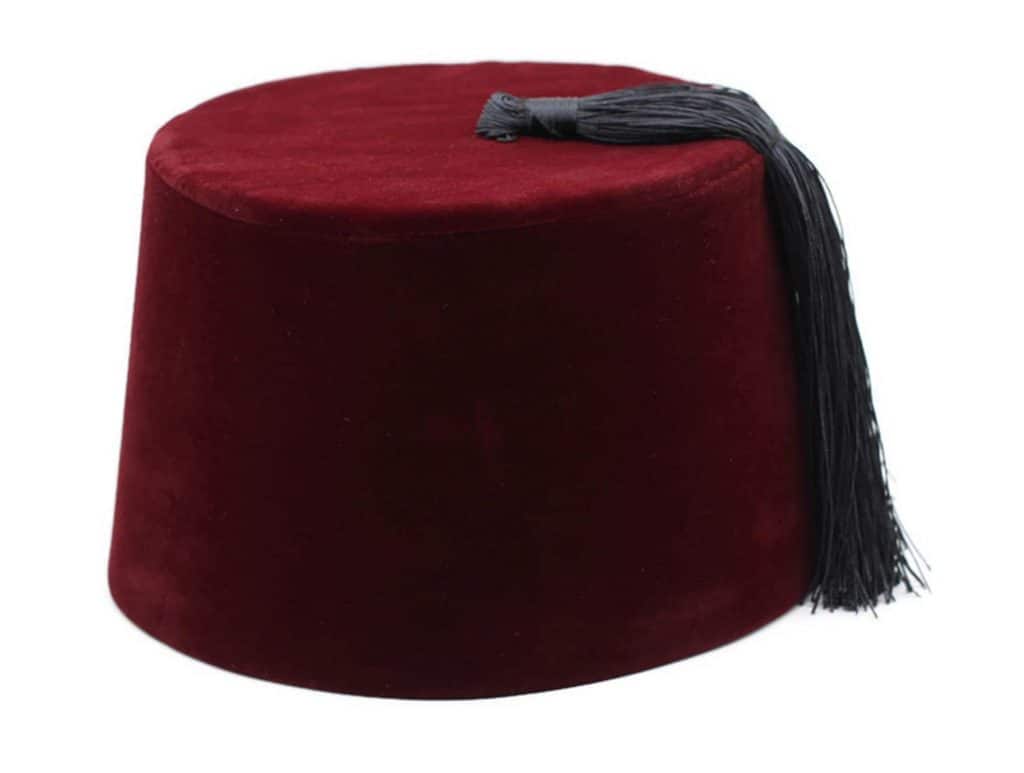
We can also classify Fez hats based on their use. There are hats for military purposes and hats for international use. Military-type Fez hats are still prevalent among some countries’ royal and presidential guards, while hats for international use are readily available on the market.
Also, there are types of Fez hats based on the community. For example, Indonesian and Malaysian nationals wore a variation of Fez with a more ellipse shape and black. These hats were sometimes known as Peci. In the Philippines, Fez hats were highly decorated and colorful.
Another type of Fez hat is the Chechiya. Chechiya hats are typical in North Africa and the Middle East. These hats are shorter than the original Fez hats. They are also made with softer material, making them more flexible.
The color and look of Chechiya hats vary from country to country. In Tunisia, the Fezzes are red without tassels, while in Libya, they are black.
12. Fez hat materials
Usually, Fez hats are made of either kilim fabric or felt, but the material varies depending on the geographical area.
Felt: Felt is made with either natural or artificial fibers. Felt is a widespread material for making hats, owing to its durability. Initially, Fez hats consisted of natural felt from the fur and wool of animals. Today, synthetic felt hats are prevalent.
Kilim fabric: Kilim fabric originated in Turkey and is popular in the Middle East and Africa. Kilim is a woven textile and comes in different patterns. The material is handmade and durable.
Wool: Chechiya is a type of Fez hat made with wool. The best Chechiya hats are handmade with 100 percent wool, making them smooth and long-lasting.
Cotton or velvet: The Peci variety of the Fez hats are made with either felt cotton or velvet.
13. Is the Fez still used?
Fez hats are still prominent. Morocco is now one of the biggest Fez hat wearers. Even today, a Fez hat signifies nationalism, and everyone in the royal court wears Fez hats.
In Greece, the presidential guard wears Fez at special events, and Fezzes are also common among spiritual leaders.
It’s also common to see hotel staff in some Middle East countries sporting Fezzes.
Fezzes are still popular among some fraternities. People belonging to specific organizations wear Fezzes as a display of allegiance.
Final Thoughts
Fez hats come with a long and troublesome history. Once, Fez hats were a sign of high esteem and a prevalent part of the Mediterranean attire, and they even became a part of the military uniforms.
Unfortunately, today Fez hats are not that popular.
Throughout history, Fez hats went through a lot of controversies. After the fall of the Ottoman Empire, Fez hats dropped in popularity, and the Fez ban in Turkey and Egypt didn’t help the Fez hats to stay afloat.
But some communities didn’t let go of their custom of wearing Fez hats. Even today, nations like Morocco have a high reverence for Fez hats.
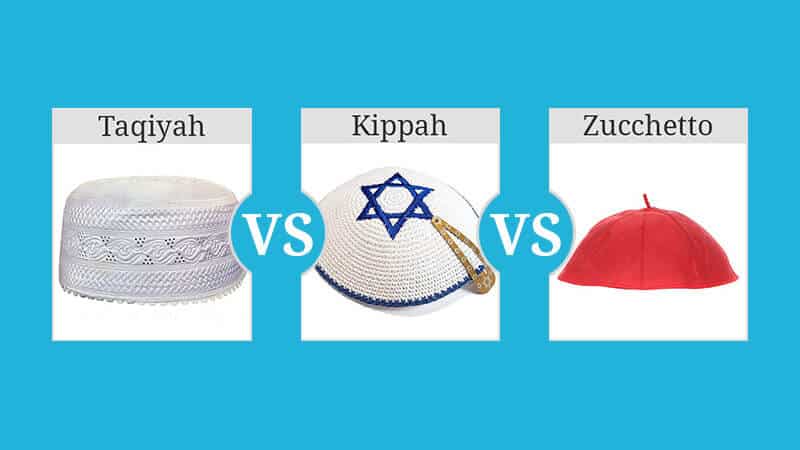


This Post Has 0 Comments